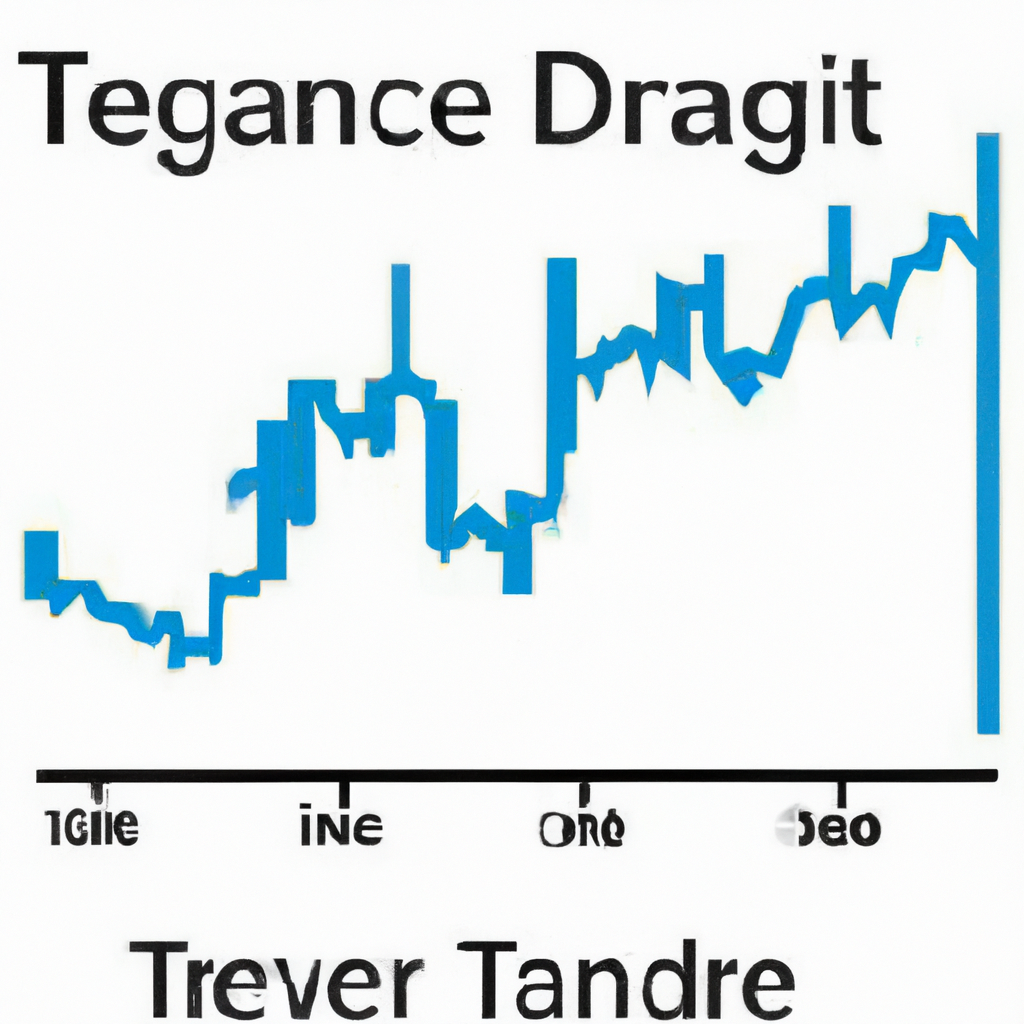
Using Divergence in Trading Strategies: A Powerful Tool for Traders
Using Divergence in Trading Strategies
Divergence is a powerful tool that traders can use to identify potential trend reversals or continuations in the market. By analyzing the relationship between price and an oscillator indicator, traders can gain insight into the strength of a trend and make more informed trading decisions. In this article, we will explore how divergence can be used in trading strategies to improve profitability.
Understanding Divergence
Divergence occurs when the price of an asset moves in the opposite direction of an oscillator indicator. There are two main types of divergence: bullish and bearish. Bullish divergence occurs when the price of an asset makes lower lows, but the oscillator indicator makes higher lows. This can signal a potential reversal to the upside. Bearish divergence, on the other hand, occurs when the price makes higher highs, but the oscillator indicator makes lower highs. This can signal a potential reversal to the downside.
Incorporating Divergence into Trading Strategies
There are several ways that traders can incorporate divergence into their trading strategies. One common approach is to use divergence as a confirmation signal for a trade setup. For example, if a trader identifies a bullish reversal pattern, such as a double bottom, they may wait for bullish divergence to confirm the potential reversal before entering a long position.
Another approach is to use divergence as a leading indicator for potential trend reversals. Traders can look for divergence between the price and an oscillator indicator to anticipate a change in trend direction. For example, if a trader notices bearish divergence on a daily chart, they may consider taking a short position in anticipation of a downtrend.
Best Practices for Using Divergence
When using divergence in trading strategies, it is important to consider the following best practices:
- Confirm divergence with other technical indicators or price action signals to increase the likelihood of a successful trade.
- Use divergence in conjunction with other analysis techniques, such as support and resistance levels, to improve the accuracy of trading decisions.
- Avoid relying solely on divergence signals for trading decisions, as they can sometimes produce false signals.
- Regularly review and adjust your trading strategies based on market conditions and performance to optimize profitability.
By incorporating divergence into trading strategies and following best practices, traders can improve their ability to identify potential trend reversals and continuations in the market. Divergence can be a valuable tool for enhancing trading performance and profitability when used effectively.

